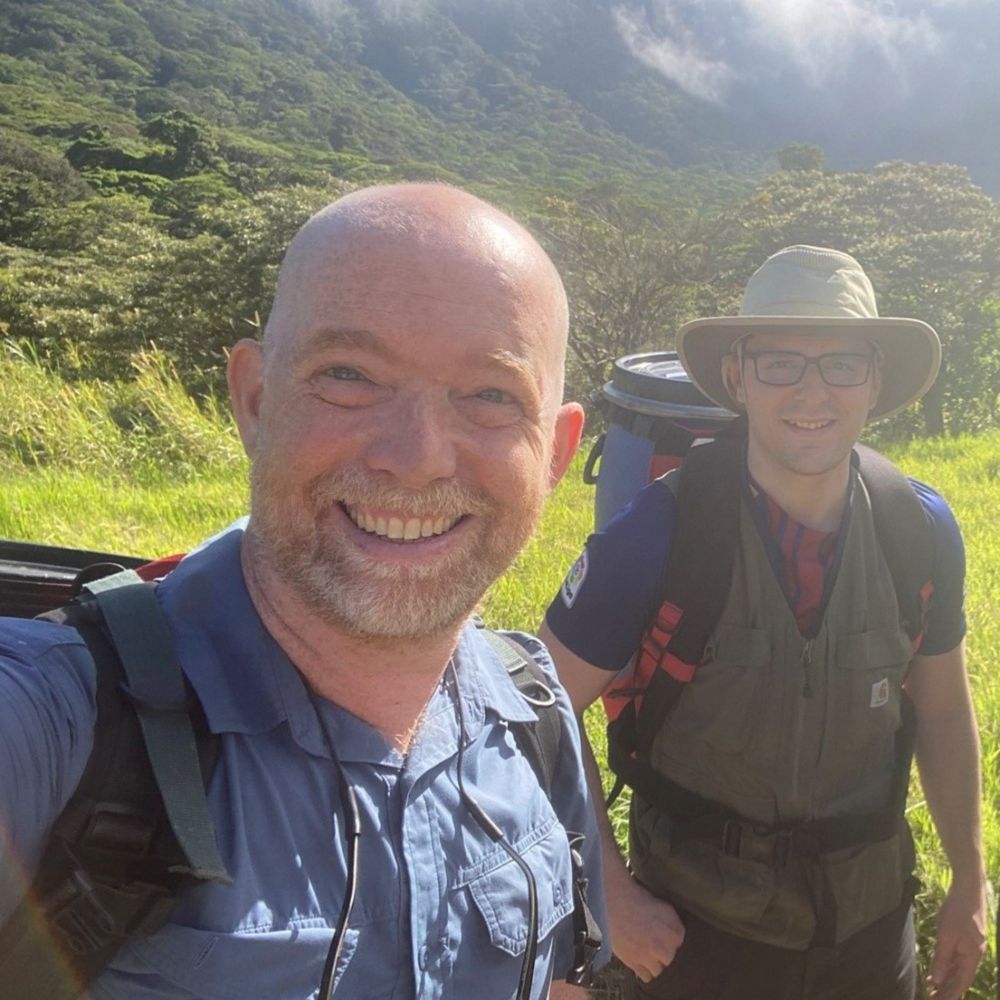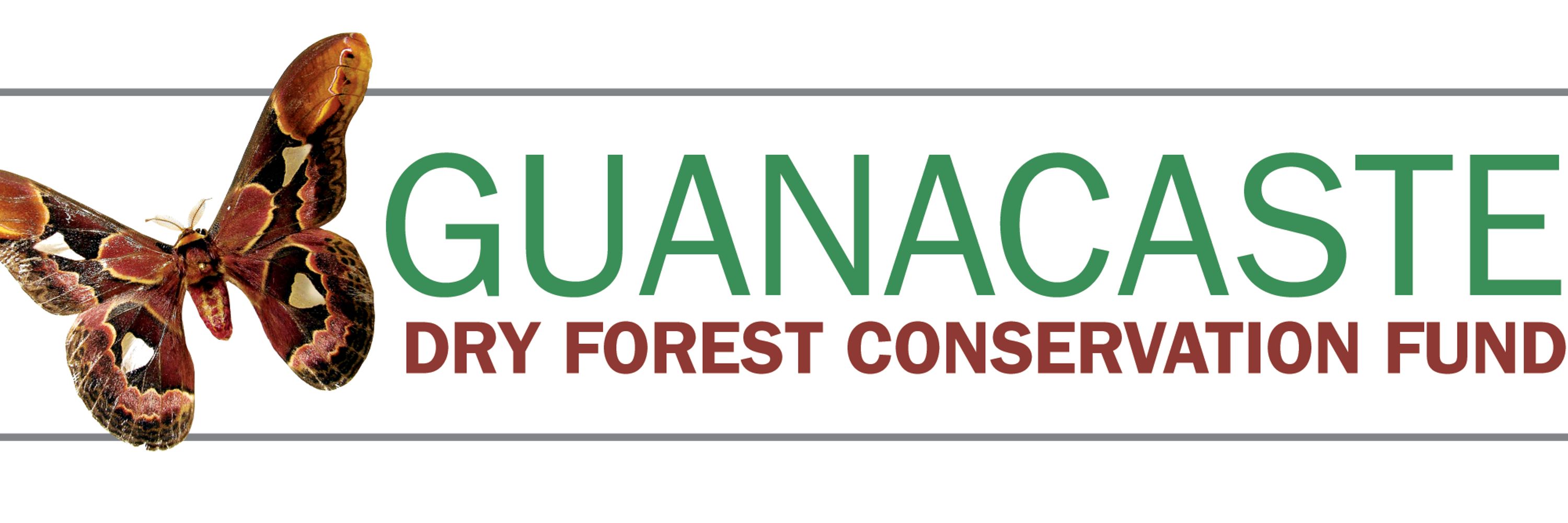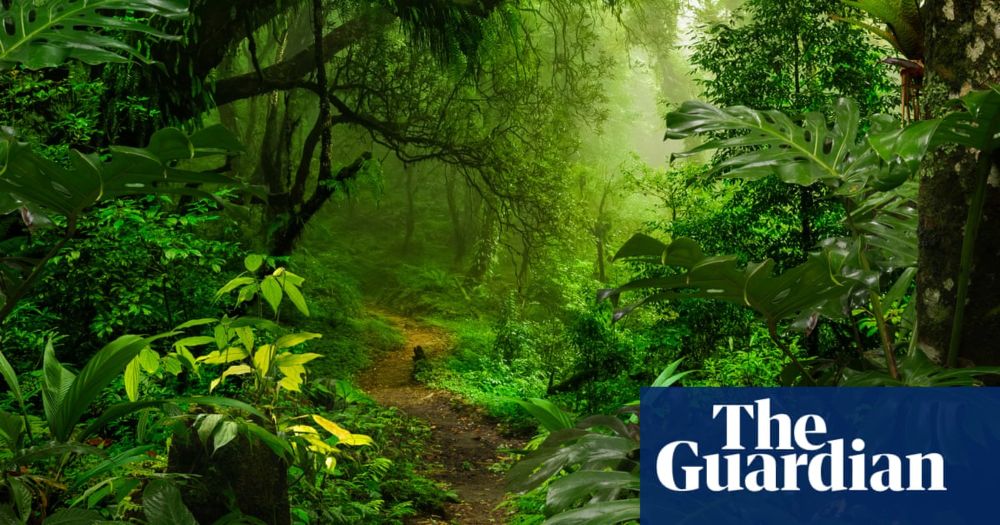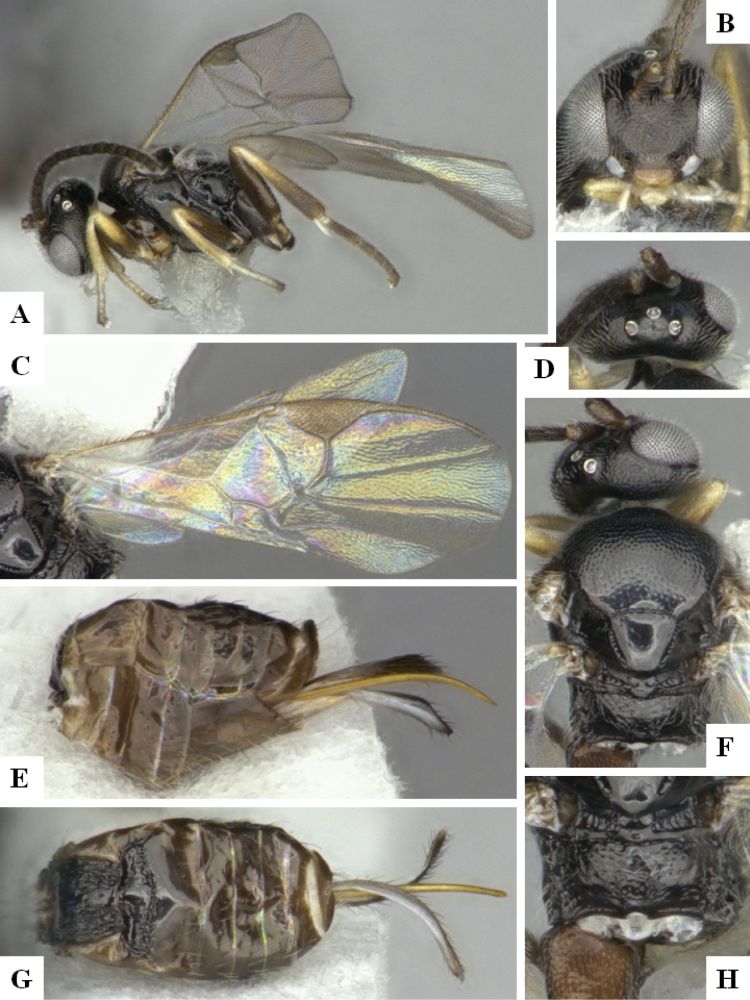Guanacaste Dry Forest Conservation Fund
@gdfcf.bsky.social
98 followers
57 following
13 posts
GDFCF is the nonprofit partner to the Área de Conservación Guanacaste; our aim is to ensure this large protected area survives in perpetuity.
Posts
Media
Videos
Starter Packs
Reposted by Guanacaste Dry Forest Conservation Fund
Reposted by Guanacaste Dry Forest Conservation Fund
Reposted by Guanacaste Dry Forest Conservation Fund
Reposted by Guanacaste Dry Forest Conservation Fund
Reposted by Guanacaste Dry Forest Conservation Fund
Reposted by Guanacaste Dry Forest Conservation Fund
Reposted by Guanacaste Dry Forest Conservation Fund
Reposted by Guanacaste Dry Forest Conservation Fund
Reposted by Guanacaste Dry Forest Conservation Fund
Reposted by Guanacaste Dry Forest Conservation Fund
🍁 Alex Smith 🍁
@alexsmithants.bsky.social
· May 12

Do beetle families show a common pattern of taxon or phylogenetic diversity across elevation? - Journal Highlight - Royal Entomological Society
Do beetle families show a common pattern of taxon or phylogenetic diversity across elevation? First published: 16 April 2025 A recent review article by Alexandre M. M. C. Loureiro and M. Alex Smith i...
www.royensoc.co.uk
Reposted by Guanacaste Dry Forest Conservation Fund
Reposted by Guanacaste Dry Forest Conservation Fund






























